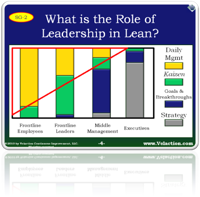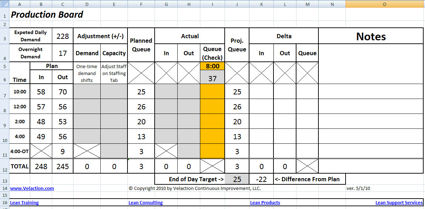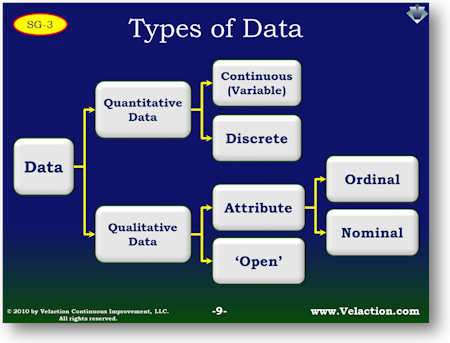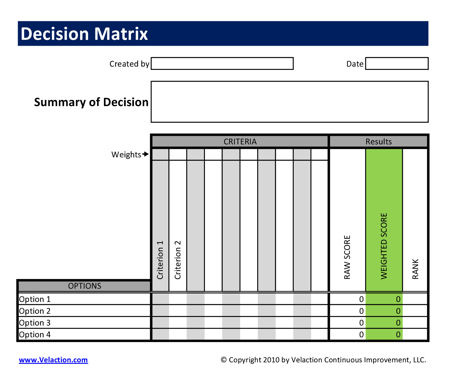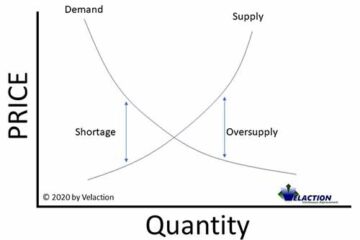Lean Terms
Daily Improvement
Daily improvement is the strategy of making constant, incremental improvements each and every day in order see impressive long-term gains. While many people see kaizen as just a week-long event, it is much more powerful when an entire workforce engages in daily improvement efforts. Daily improvement does not have to Read more…
